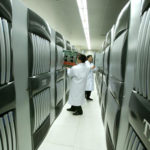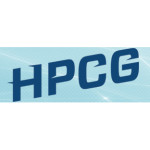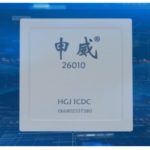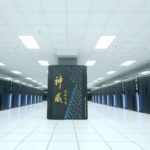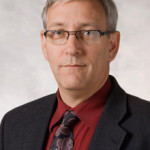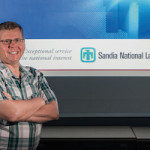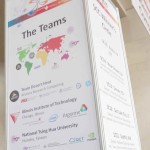In this special guest post, Professor Jack Dongarra sits down with Mike Bernhardt from ECP to discuss the role of Dongarra’s team as they tackle several ECP-funded software development projects. “What we’re planning with ECP is to take the algorithms and the problems that are tackled with LAPACK and rearrange, rework, and reimplement the algorithms so they run efficiently across exascale-based systems.”
Video: Tianhe-1A Supercomputer at Work
In this video, researchers describe how the Tianhe-1 supercomputer supports scientific research. “Currently #43 on the TOP500, the 2.56 Petaflop Tianhe-1A carries out 1,400 computing tasks per day. It is mainly used to serve universities, research institutions, small and medium-sized enterprises, and provide scientific computing services.”
HPCG Performance List Released at SC16
“This is the sixth list produced for the emerging benchmark designed to complement the traditional High Performance LINPACK (HPL) benchmark used as the official metric for ranking the TOP500 systems. The first HPCG list was announced at ISC’14 two and a half years ago, containing 15 entries, the SC’15 list had 60 and ISC’16 had 80. The current list contains more than 100 entries as HPCG continues to gain traction in the HPC community.”
Jack Dongarra Presents: Adaptive Linear Solvers and Eigensolvers
Jack Dongarra presented this talk at the Argonne Training Program on Extreme-Scale Computing. “ATPESC provides intensive, two weeks of training on the key skills, approaches, and tools to design, implement, and execute computational science and engineering applications on current high-end computing systems and the leadership-class computing systems of the future.”
China Leads TOP500 with Home-grown Technology
In this special guest feature, Robert Roe from Scientific Computing World writes that the new #1 system on the TOP500 is using home-grown processors to shake up the supercomputer industry. “While the system does have a focus towards computation, as opposed to the more data-centric computing strategies that we have begun to see implemented in the US and Europe, it is most certainly not just a Linpack supercomputer. The report explains that there are already three applications running on the Sunway TaihuLight system which are finalists for the Gordon Bell Award at SC16.”
Mellanox Technology Accelerates the World’s Fastest Supercomputer
Today Mellanox announced that the company’s interconnect technology accelerates the world’s fastest supercomputer at the supercomputing center in Wuxi, China. The new number one supercomputer delivers 93 Petaflops (3 times higher compared to the previous top system), connecting nearly 41 thousand nodes and more than ten million CPU cores. The offloading architecture of the Mellanox interconnect solution is the key to providing world leading performance, scalability and efficiency, connecting the highest number of nodes and CPU cores within a single supercomputer.
Five Supercomputing Predictions from Cray’s Barry Bolding
“There are a number of exciting technologies we should see in 2016, and a leader will be Intel’s next-generation Xeon Phi coprocessor – a hybrid between an accelerator and general purpose processor. This new class of processors will have a large impact on the industry with its innovative design that combines a many-core architecture with general-purpose productivity. Cray, for example, will be delivering Intel Xeon Phi processors with some of our largest systems, including those going to Los Alamos National Labs (the “Trinity” supercomputer) and NERSC (the “Cori” supercomputer).”
HPCG Benchmark Gains Traction for Ranking Supercomputers
The High Performance Conjugate Gradients (HPCG) benchmark continues to gain traction in the high-performance computing community. “HPCG is designed to complement the traditional High Performance Linpack (HPL) benchmark used as the official metric for ranking the top 500 systems,” said Sandia National Laboratories researcher Mike Heroux, who developed the HPCG program in collaboration with Jack Dongarra and Piotr Luszczek from the University of Tennessee.
Student Cluster Teams Learn the Tools of Performance Tuning at SC15
In this video from SC15, Rich Brueckner from insideHPC talks to contestants in the Student Cluster Competition. Using hardware loaners from various vendors and Allinea performance tools, nine teams went head-to-head to build the fastest HPC cluster.
How to Measure a Supercomputer’s Speed?
In this special guest feature from Scientific Computing World, Adrian Giordani asks what benchmarks should be applied as the nature of supercomputing changes on the way to exascale.


